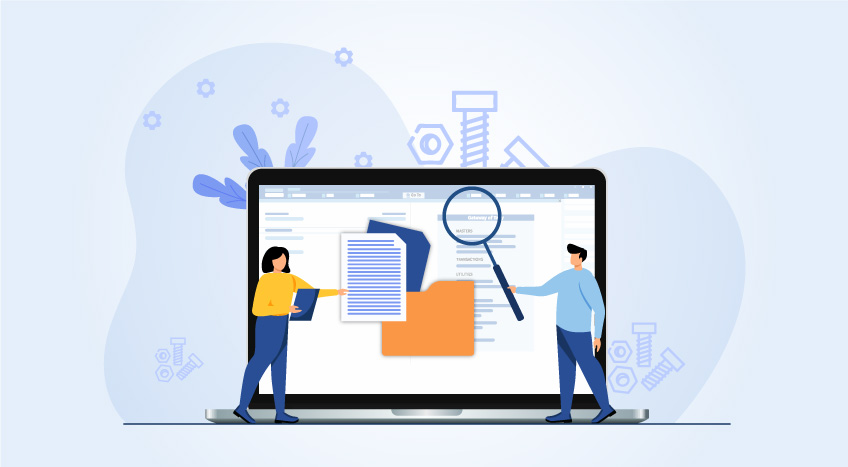Tally Solutions |Updated on: March 30, 2023
Note: This blogpost is meant for tax practitioners and tax consultants. Even business owners will find this post interesting.
Many businesses in India have been used to recording bills in a manual way. This continues to this date even though the country has moved on to the digital era. Considering the fact that the establishment of GST in India primarily aims to digitize the economy, must the practice of manual billing still continue?
If you are a tax consultant, you might still be dealing with clients who record business transactions manually and share data in physical forms. Due to this, you have to firstly undertake the cumbersome task of digitizing the data before even engaging in activities for preparing and filing their GST returns. In this blogpost, we will reflect on the problems you face, and provide reasons to encourage your clients who do manual billing to start using a GST software for mutual benefit.
Problems tax consultants face while processing manually recorded transactions
- Firstly, you have to digitize each invoice. This can become a cumbersome exercise, say for example, if your client who do manual billing is a regular dealer, then he is having mostly B2B transactions. Every B2B invoice needs to be recorded and uploaded in the GST portal.
- How will you ensure that the right amount of tax is charged on invoices? Have SGST, CGST or IGST been charged correctly by your client?
- How will you ensure that the right GSTIN is recorded especially in the case of B2B invoices?
- How will you bifurcate B2B invoices from B2C invoices? The B2B invoices need to be uploaded transaction-wise, and B2C invoices have to be provided in terms of their consolidated value for filing GST returns.
- As dates for GSTR-3B and GSTR-1 filing are different for the same period, how will you ensure the same information gets referred to, since chances of errors are high in manually recorded transactions.
- In case of any future scrutiny by tax officials, it is difficult to store MS-Excel files of all your clients for every GST return. Won’t it be difficult to fetch any specific information when required?
A single erroneous entry can lead to rejection of that transaction in the GST portal. Correcting errors, and uploading returns again is a hassle and time consuming.
Why tax consultants should recommend their clients to use GST Software
- Using a GST software such as TallyPrime will help your clients to record right GSTINs apart from helping record transactions easily and in a systematic way. TallyPrime alerts whenever a wrong GSTIN is entered.
- ERP 9 ensures that correct tax types (CGST, SGST, IGST, Cess) are captured in every invoice wherever applicable.
- With TallyPrime, your clients will be able to share data with correct transactional entries and ease your burden. TallyPrime does not allow erroneous transactions to participate in GST return forms. Clients will be able to see all such transactions under ‘’Mismatch/Incomplete in information” and correct them before sending the data to you for filing purpose.
- You will be able to refer the correct sources of data when filing GSTR-3B and GSTR-1, if your client uses TallyPrime. Also, you can easily maintain this information and be ready for any tax related enquiries. This will also help in keeping the books updated.
- It becomes convenient to check client’s data before filing returns, as client is sharing Tally data with you.
It is time to adopt to the digital era! We recommend that you educate and guide your clients who is billing manually, to choose a billing software that makes it convenient for both of you to achieve GST compliance and file GST returns correctly. Correctly filed GST returns means right credit and happier customers for your clients.
Keep reading our blog posts for latest updates and do share your views.
Latest Blogs

Nuts & Bolts of Tally Filesystem: RangeTree

A Comprehensive Guide to UDYAM Payment Rules

UDYAM MSME Registration: Financial Boon for Small Businesses

Understanding UDYAM Registration: A Comprehensive Guide

MSME Payment Rule Changes from 1st April 2024: A Quick Guide

Are Your Suppliers Registered Under MSME (UDYAM)?

